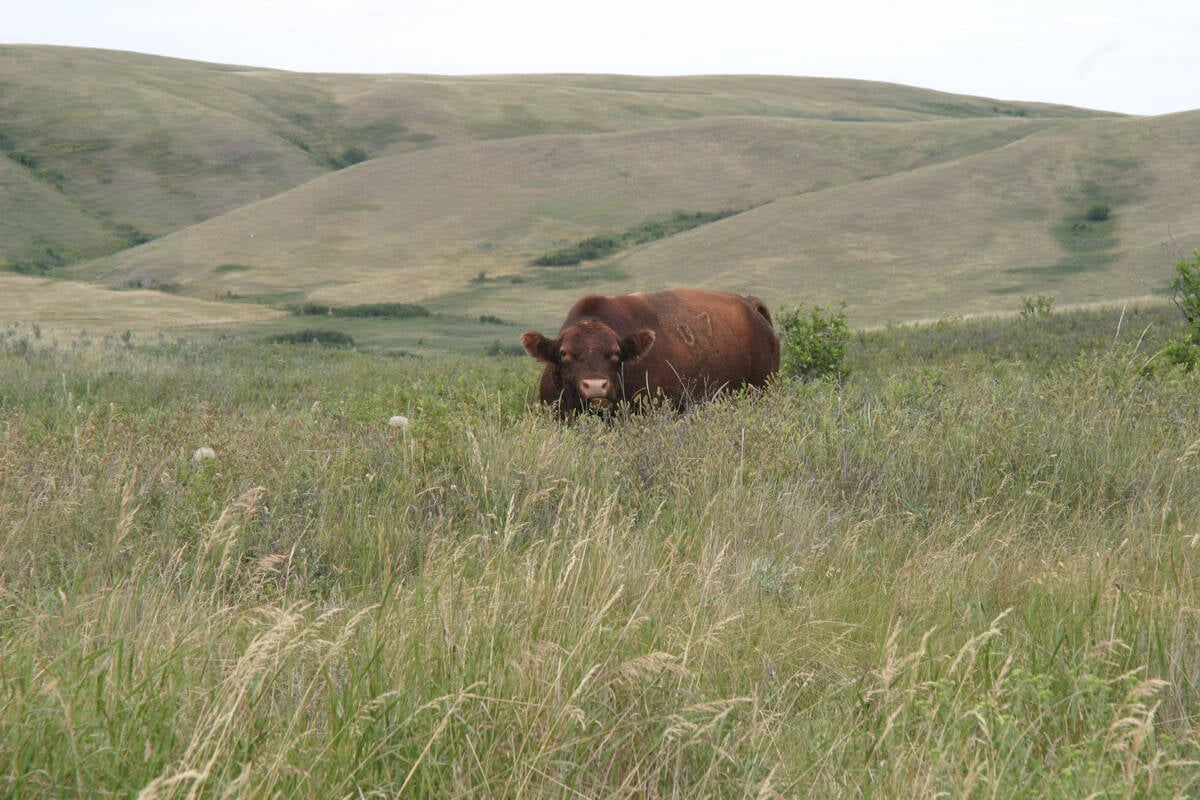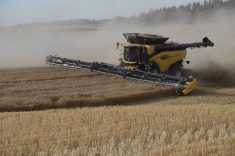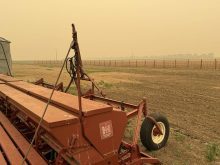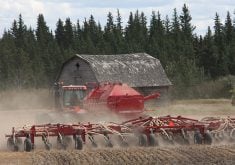Canadian hogs are moving south of the border in droves to be finished and slaughtered.
Cheaper feed, a soaring Canadian dollar and diminished local slaughter capacity are sending weanlings and feeder pigs into the United States.
Florian Possberg, chief executive officer of Big Sky Farms Inc., Saskatchewan’s largest hog operation, said it is a matter of survival.
“At the end of the day we’re going to roughly end up with half our finishing in Canada and half our hogs will be moved to the U.S.,” he said.
Read Also

Saskatchewan puts crown land auction on hold
Auctions of Saskatchewan crown lease land are once again on hold.
That amounts to about 500,000 Big Sky hogs that will be fed and slaughtered in the U.S. instead of Canada.
Possberg said his company has been more tentative about making the move than other Canadian hog barns that have already shifted their entire finishing business into the U.S.
“I know producers all the way from New Brunswick to Alberta and even a few in B.C. that are doing exactly what we’re doing,” he said.
According to statistics compiled by Agriculture Canada, 6.5 million feeder pigs were exported to the U.S. in 2007, up 10 percent from a year ago. Another 3.2 million market hogs made the trip, up 17 percent from 2006.
The main reason for the mass exodus is the lack of slaughter capacity in Western Canada and especially Saskatchewan.
Big Sky has been forced to slaughter many of its hogs in Iowa and it is cheaper to send them down there as piglets rather than pigs.
“We can get 2,000 early weaned pigs on a truck or 200 market hogs and they’re roughly the same cost. So the diesel logic is, whatever we market in the U.S., we have to finish there,” said Possberg.
Six months ago, the company was operating three sites in Iowa. Today it has 30 barns and will probably end up with 40 or 50.
The 49 sites Big Sky operates in Saskatchewan and Manitoba will be maintained for the time being, but many of the farrow-to-finish barns will just be farrowing.
“It’s what we have to do to survive,” said Possberg.
Neil Ketilson, general manager of Sask Pork, said the exporting of Canada’s hog business has been happening for a while.
“People are moving isoweans down there because they are not losing nearly as much money as they are up here in Canada.”
That has serious consequences for western Canadian agriculture, which has spent decades building a livestock sector that adds value to locally produced grain.
A considerable portion of the economic activity in the feeding and slaughtering of hogs is now being spent in the U.S. as 21-day-old pigs make the trip south.
John Patience, president of the Prairie Swine Centre, said hog producers may be getting pushed into the U.S. market by the lack of western Canadian slaughter capacity but they are also being pulled by cheaper feed costs.
Wheat and barley prices surged more than corn prices in 2007, and there is plenty of corn in Iowa. But Patience said the feeding cost advantage bounces back and forth across the border, noting that corn prices have been on the rise in recent weeks.
Like Ketilson, he worries about the ramifications of losing all those pigs.
“We’ve shown over the last few decades that growing grain solely for export is not a great economic engine for our region,” said Patience.
It means lost jobs in rural communities and all of the economic activity surrounding those jobs.
Ketilson hopes it’s a short-term situation and that the hogs will come back when Canada regains its competitive advantage on feed and expands its slaughter capacity. He noted that producers haven’t made a complete commitment to their new home south of the border.
“They’re leasing space, they haven’t bought space. And certainly they haven’t reduced their sow herd.”
Patience said whether they come back boils down to one issue.
“If there’s a competitive packing sector in Western Canada those pigs will come home. If there’s not a competitive packing sector, then they won’t. It’s basically as simple as that.”

















